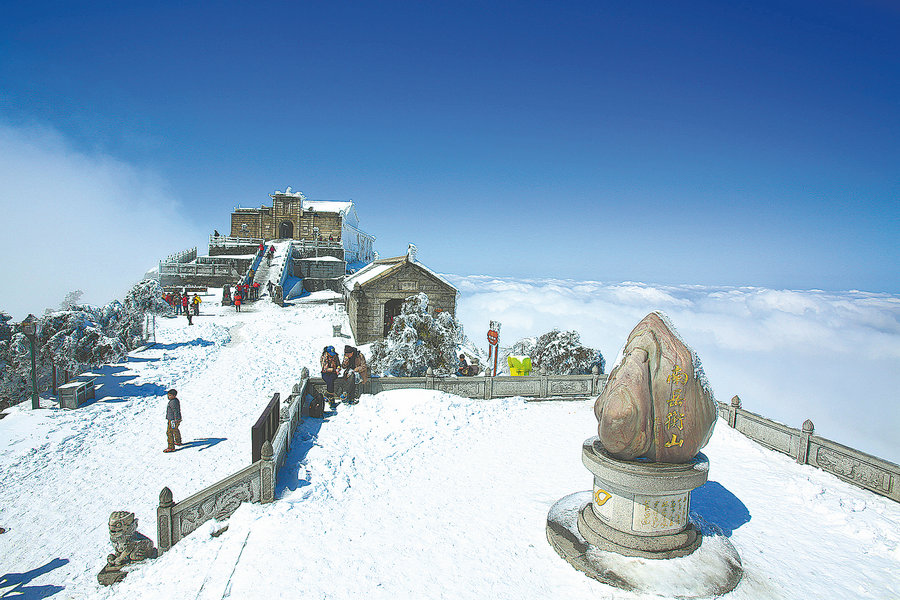

3 History and culture
Hengshan Mountain, also known as Nanyue, is one of the Five Sacred Mountains in China. It is a famous Taoist and Buddhist holy site. There are more than 200 temples and nunneries in the mountain. Zhu Rong, the god of fire in Hengshan Mountain, taught the people to use fire and cultivate all things. After his death, he was buried in Hengshan. Zhu also became the name of China's first Mars rover. Due to the ideal climate conditions in Hengshan, there are lush forests and bamboo thickets everywhere and exotic flowers and plants that remain fragrant throughout the four seapeople to use fire and cultivate all things. After his death, he was buried in Hengshan. Zhu also became the name of China's first Mars rover. Due to the ideal climate conditions in Hengshan, there are lush forests and bamboo thickets everywhere and exotic flowers and plants that remain fragrant throughout the four seasons. The Mausoleum of Emperor Yan in Zhuzhou, surrounded by green hills and clear waters, is the first of the"Top 10 Cultural Heritages in Hunan". After thousands of years of historical changes, the mausoleum has become a resort for the Chinese to pay tribute to their ancestors and study the culture of Emperor Yan.
Yuelu Academy, at the foot of the Yuelu Mountain, was founded more than 1,000 years ago in 976 AD and is one of the four major academies of ancient China. In 1903, Yuelu Academy was restructured into Hunan Higher School, and in 1926, it was officially named Hunan University. This is the source of local culture and a base for the gestation of ideas and academic innovation across the history of Chinese culture. It is also a microcosm of the long history of China's higher education development and one of the oldest universities in the world's higher education history.